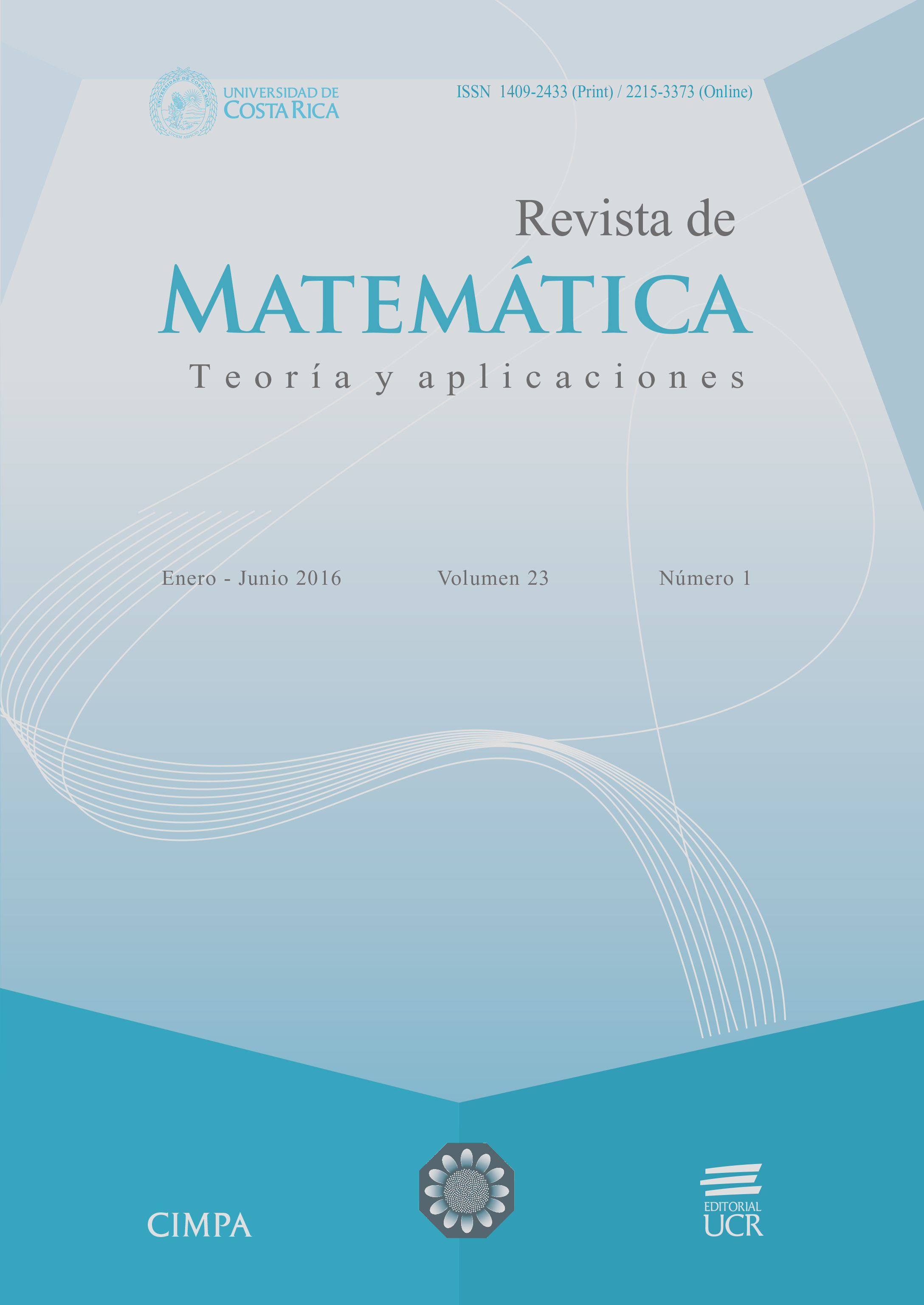Abstract
A program to generate codes in Fortran and C of the full magnetohydrodynamic equations is shown. The program uses the free computer algebra system software REDUCE. This software has a package called EXCALC, which is an exterior calculus program. The advantage of this program is that it can be modified to include another complex metric or spacetime. The output of this program is modified by means of a LINUX script which creates a new REDUCE program to manipulate the magnetohydrodynamic equations to obtain a code that can be used as a seed for a magnetohydrodynamic code for numerical applications. As an example, we present part of the output of our programs for Cartesian coordinates and how to do the discretization.
References
Arfken, G.B.; Weber, H.J.; Harris, F.E. (2013) Mathematical Methods for Physicists. Elsevier, Amsterdam.
Birdsall, C.K.; Langdon, A.B. (1991) Plasma Physics via Computer. Adam Hilger, Bristol.
Cap, F. (1994) Lehrbuch der Plasmaphysik und Magnetohydrodynamik. Springer, Wien.
Carboni-Méndez, R.; Frutos-Alfaro, F. (2005) “Computer simulation of convective plasma cells”, Journal of Atmospheric and Solar-Terrestrial Physics, 67(17-18): 1809–1814.
Dendy, R. (1995) Plasma Physics. Cambridge University Press, Cambridge.
Germaschewski, K.; Fox, W.; Ahmadi, N.; Wang, L.; Abbott, S.; Ruhl, H.; Bhattacharjee, A. (2013) “The plasma simulation code: A modern particle-in-cell code with load-balancing and GPU support”, http://arxiv.org/abs/1310.7866
Hassani, S. (2000) Mathematical Physics. A Modern Introduction to Its Foundations. Springer, New York.
Hearn, A.C. (2004) REDUCE (User’s and Contributed Packages Manual). Konrad-Zuse-Zentrum für Informationstechnik, Berlin.
Hockney, R.W.; Eastwood, J.W. (1988) Computer Simulation Using Particle. Adam Hilger, Bristol.
Hsu, J.J.Y. (2014) Visual and Computational Plasma Physics. World Scientific, Hackensack NJ.
Jackson, J.D. (1975) Classical Electrodynamics. Wiley, New York.
Jardin, S. (2010) Computational Methods in Plasma Physics. CRC Press, Boca Raton.
Kulikovskiy, A.G.; Lyubimov, G.A. (1965) Magnetohydrodynamics. Addison-Wesley, Palo Alto.
Pen, U.L.; Arras, P.; Wong, S.K. (2003) “A free, fast, simple, and efficient total variation diminishing magnetohydrodynamic code”, The Astrophysical Journal Supplement Series 149: 447–455.
Persson, P.O.; Strang, G. (2004) “A simple mesh generator in Matlab”, SIAM Review 46(2): 329–345.
Schrüfer, E. (2004) “EXCALC: A System for Doing Calculations in the Calculus of Modern Differential Geometry”, in A.C. Hearn (Ed.) REDUCE, (see reference).
Tajima, T. (2004) Computational Plasma Physics. Westview Press, Boulder.
Tajima, T.; Shibata, K. (2002) Plasma Astrophysics. Westview Press, Boulder.





